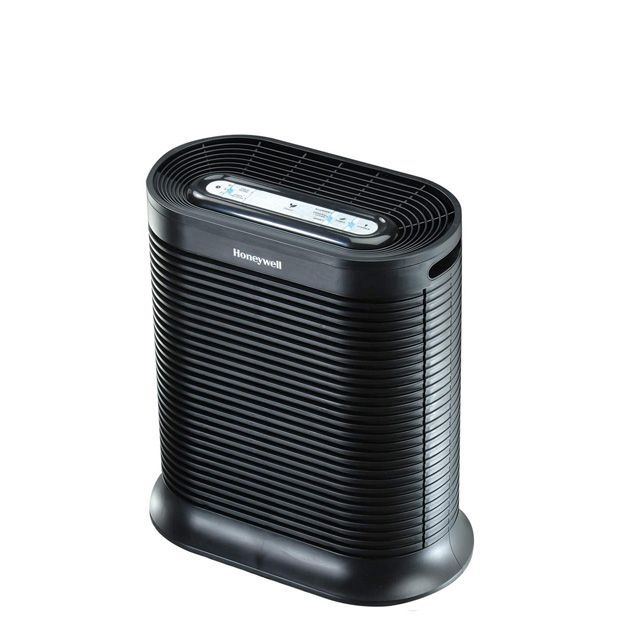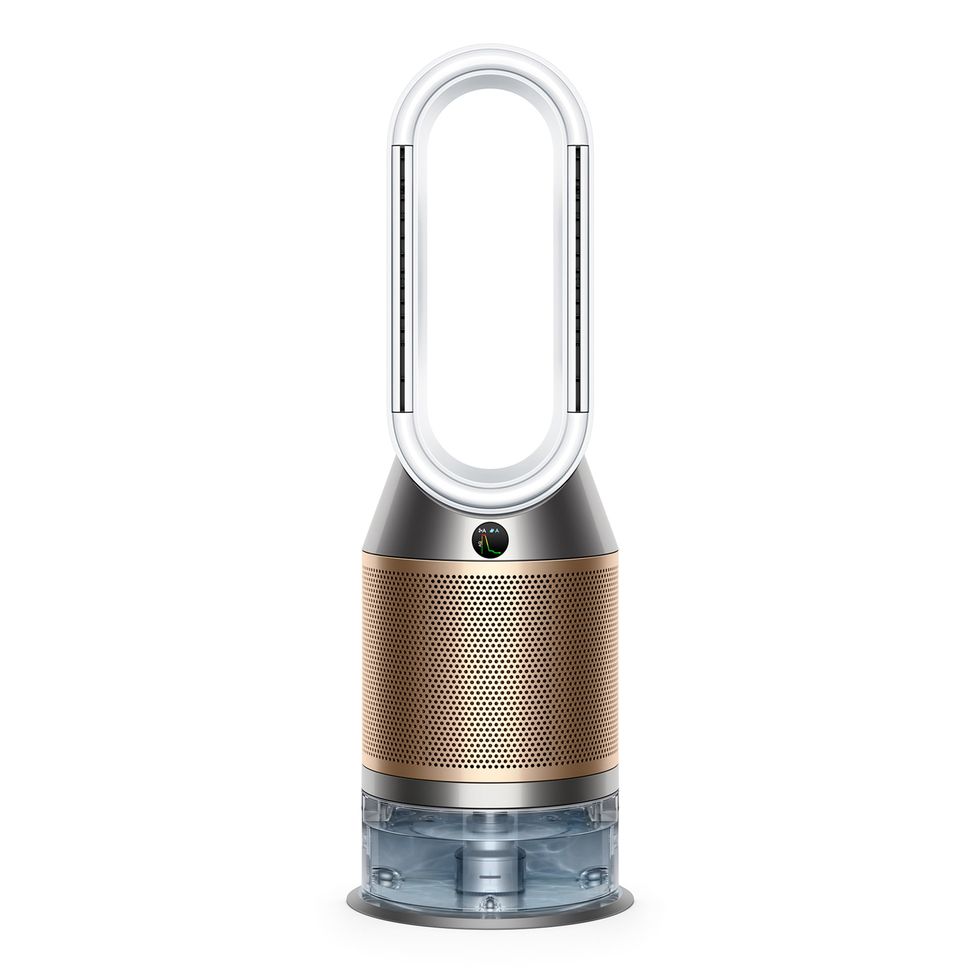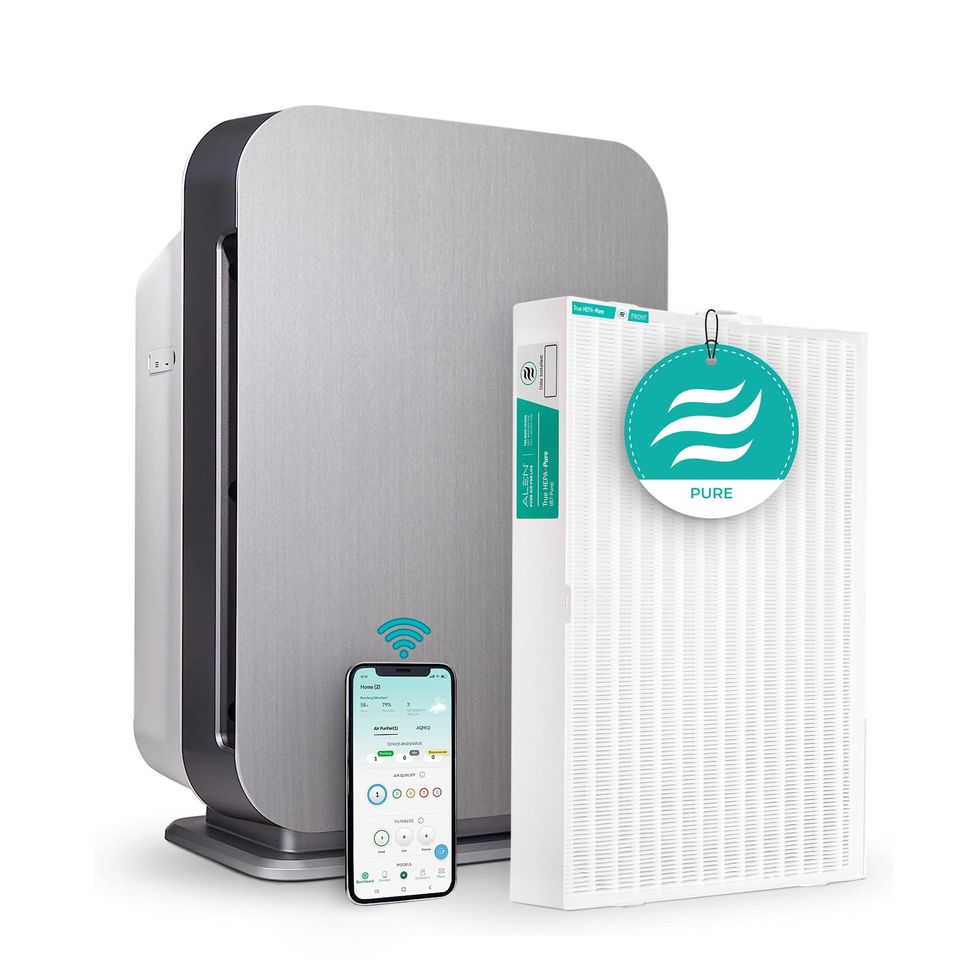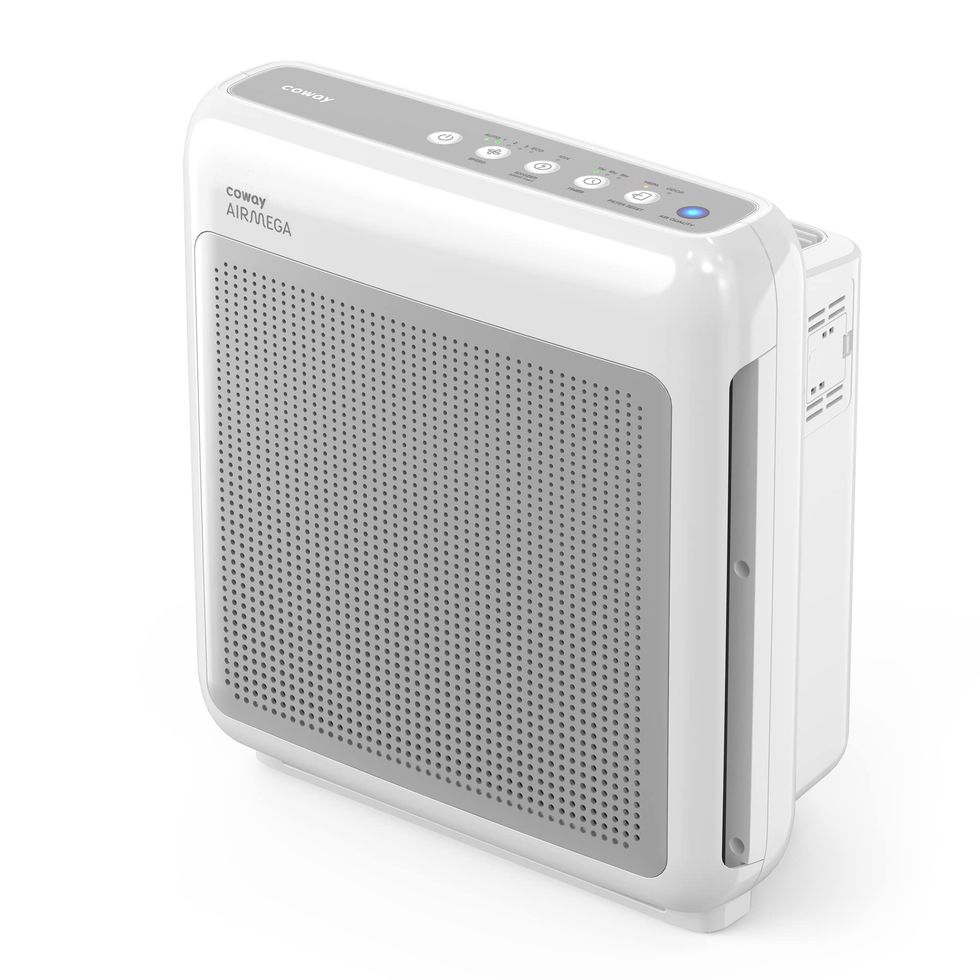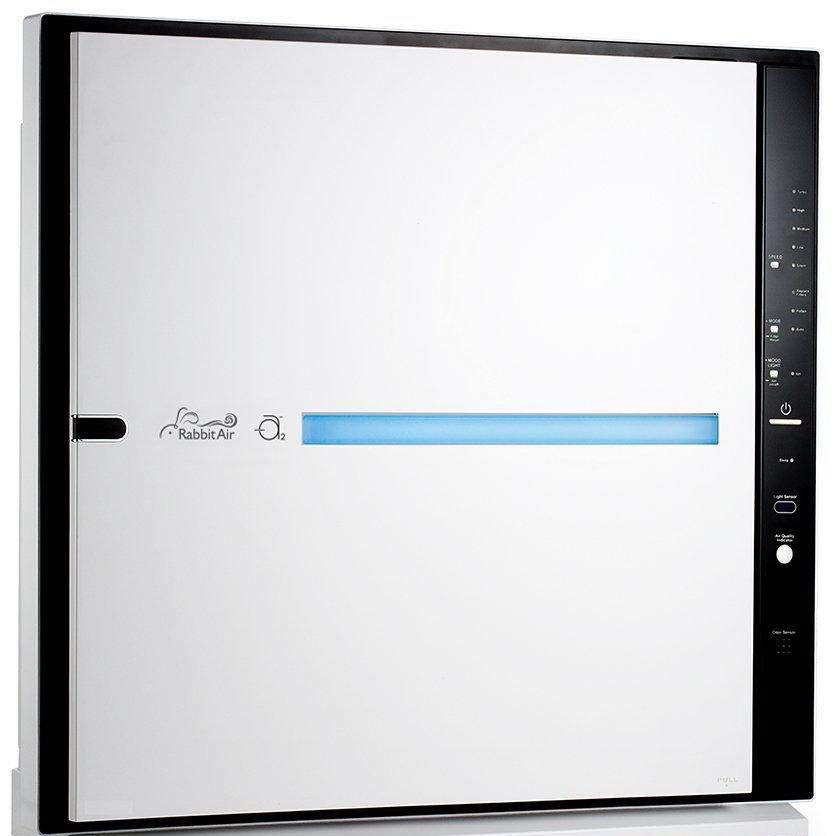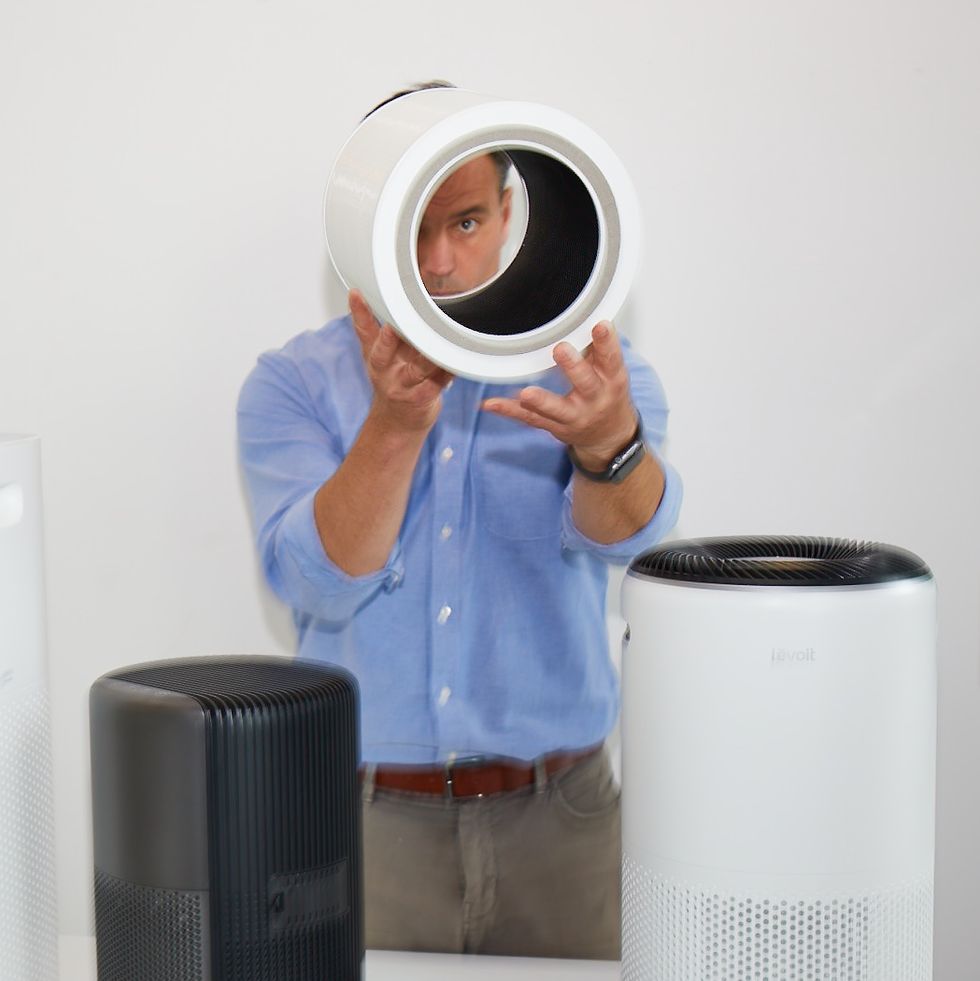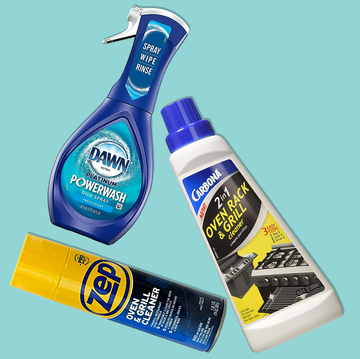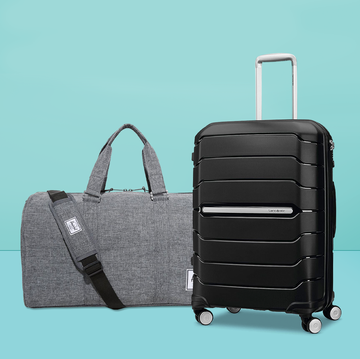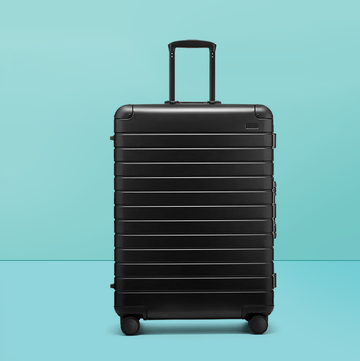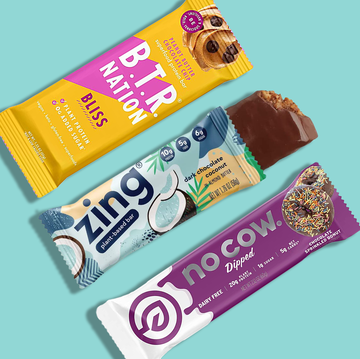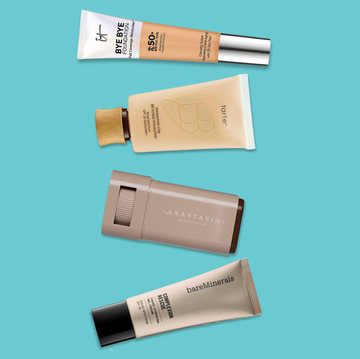8 Best Air Purifiers of 2024
Boosted by enhanced filtration, these air purifiers excel at reducing allergens like dust, pet dander, pollen and more.

We've been independently researching and testing products for over 120 years. If you buy through our links, we may earn a commission. Learn more about our review process.
Here’s a disturbing fact: Indoor air quality is at least five times worse than the air outside, and it can be as much as 100 times worse, according to studies by the U.S. Environmental Protection Agency. An air purifier alone can’t solve the situation — you still need to follow other best practices, like vacuuming regularly and running exhaust fans to reduce smoke and moisture. But these pollutant-nabbing devices can be an integral part of your defense plan.
At the Good Housekeeping Institute, we don’t wait for allergy season to roll around to test air purifiers. (The same goes for other devices that impact home comfort, including dehumidifiers, humidifiers and portable air conditioners.) Over the last five years, we’ve reviewed close to 50 air purifiers, evaluating their ability to capture contaminants of all sizes, from microscopic dust mites to pet hair.
Here are the eight air purifiers that our experts say are best at clearing the air in any home.
Having written thousands of product reviews and how-to articles on all aspects of home ownership, from routine maintenance to major renovations, Dan (he/him) brings more than 20 years of industry experience to his role as the director of the Home Improvement & Outdoor Lab at the Good Housekeeping Institute. A one-time roofer and a serial remodeler, Dan can often be found keeping house at his restored Brooklyn brownstone, where he lives with his wife and kids.
As a data engineer in the Good Housekeeping Institute, Nik (he/him) works with all of our Labs to develop testing protocols and manage data collection and analysis. Before joining Good Housekeeping in 2022, Nik worked in the labs of MIT and Regeneron, working on projects ranging from chemical inventory and reporting to the development of bioassays. He holds a degree in chemical engineering from Northeastern University.
Watch Next
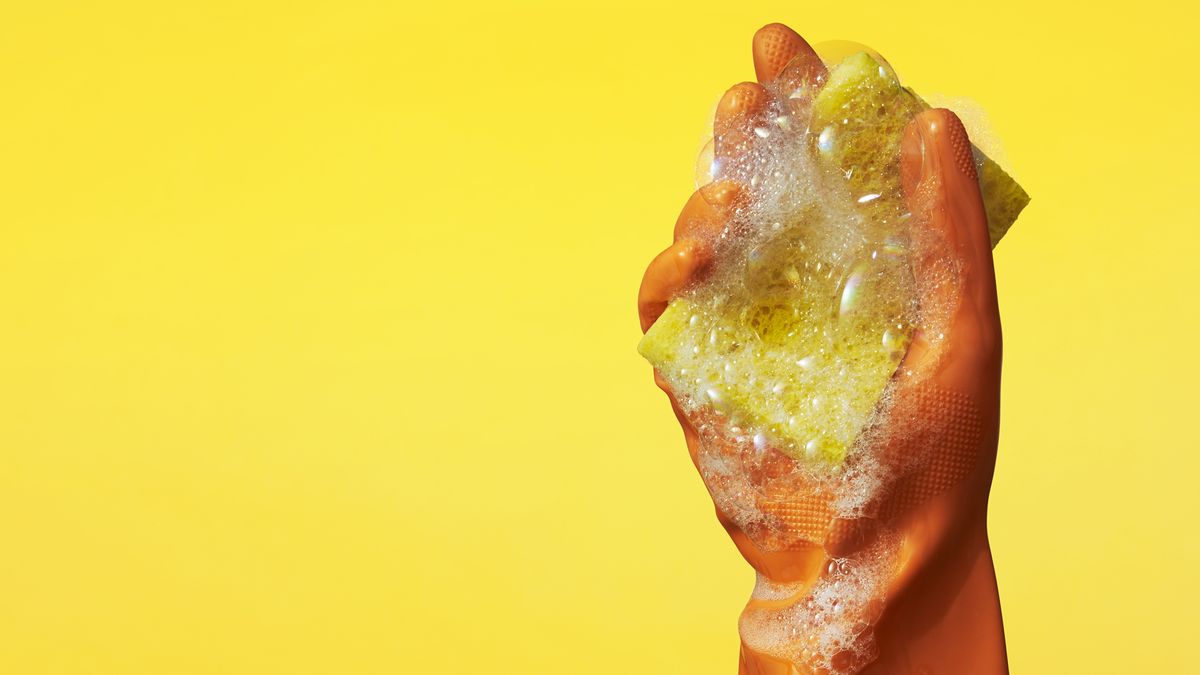

The Best Sex Toys for Couples

The Best Recliner Sofas
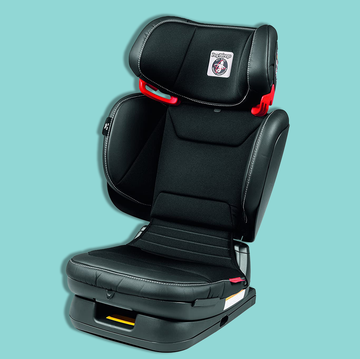
The Best Portable Car Seats
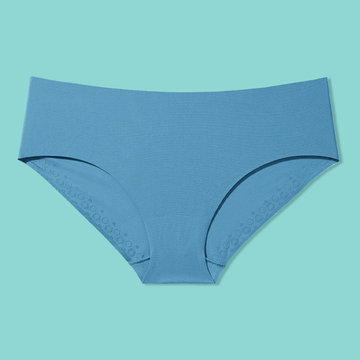
12 Best Underwear for Women of 2024


